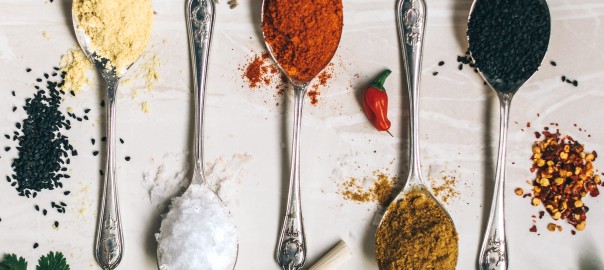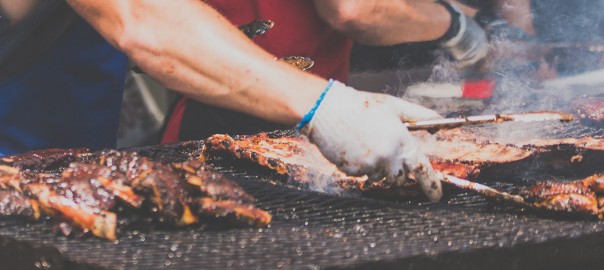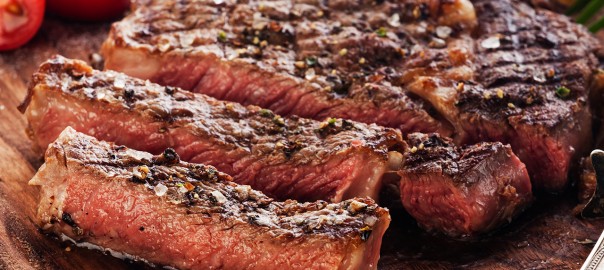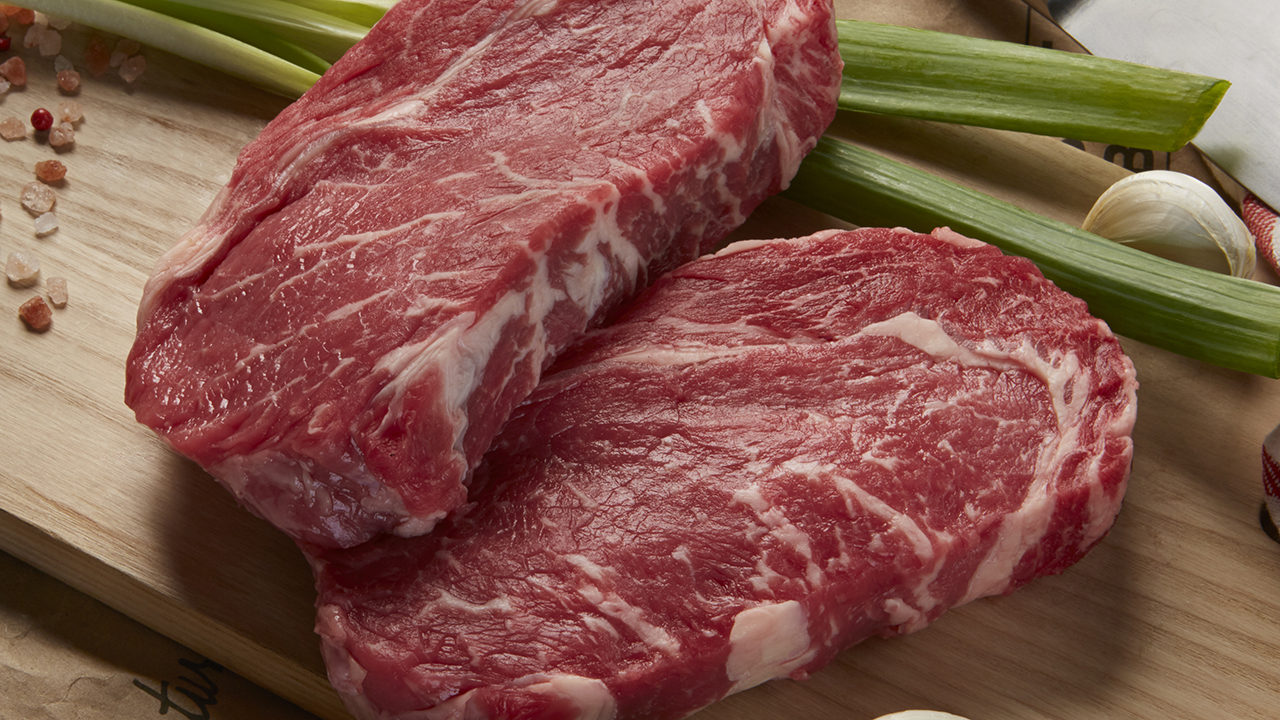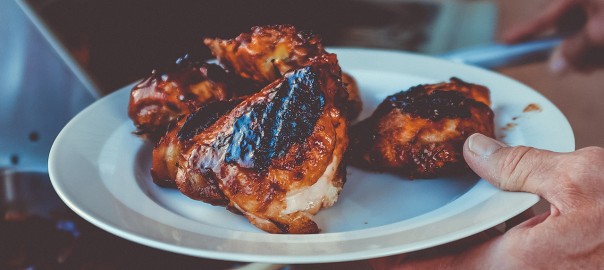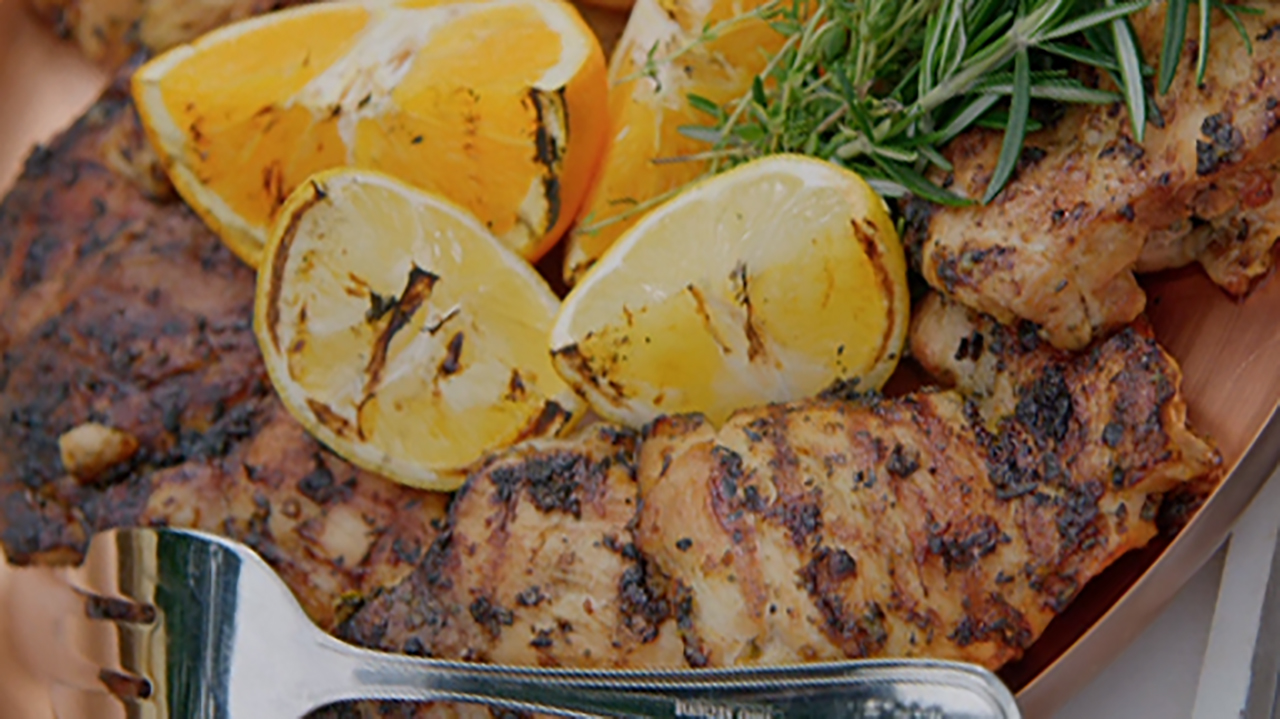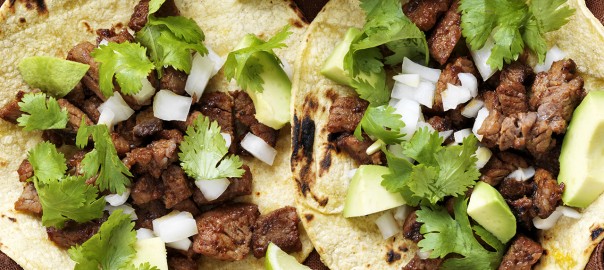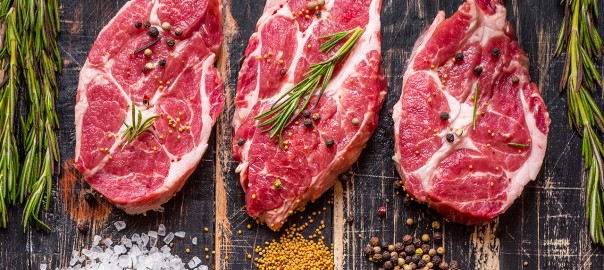Ahhh! Barbecue sauce. A hot button culinary topic if there ever was one.
Fortunately, I’m a meat guy from the home of lobster and clam chowdah, so my loyalties with BBQ sauce aren’t regional and tend to be with whatever will make what I’m cooking taste amazing!
Here’s a breakdown of some of the fantastic barbecue sauces you can find throughout America. These are best when done following a homemade bbq sauce recipe, hundreds of which are online and you can experiment with. The best bbq sauces avoid high-fructose corn syrup-heavy ingredients for cayenne peppers, apple cider vinegar, Worcestershire sauce, and brown sugar. However, sometimes a little ketchup can be all you need to make the perfect sauce for any meat.
Alabama White Barbecue Sauce
The white barbecue sauce made famous at Big Bob Gibson’s Bar-B-Q in Northern Alabama is by far one for the more unique of the American BBQ sauces, but only because our national perception of the perfect sauce for BBQ chicken is shaped by the rows of dark brown Sweet Baby Ray’s bottles lining our grocery stores and the more midwestern and coastal influences of Kansas City, Memphis, and Carolina.
Honestly, mixing mayo and horseradish is phenomenal; Robert Gibson knew what he was doing 96 years ago when he invented the sauce.
Alabama White sauce is best for…
Grilled chicken or pork chops. Lightly flavored meat, some char from the grill, a creamy tangy sauce to dip into.
It is amazing paired with a summer ale, something with a creamy finish and citrus notes.
Memphis BBQ Sauce
Next, we go to the signature barbecue flavor of Memphis, Tennessee. Traditionally Memphis BBQ is dry rub only and often served with sauce on the side. Memphis sauce features lots of molasses and vinegar, and tomato-based, often by using tomato paste. This is all to say it’s certainly a familiar barbecue flavor but is often much thinner than your average BBQ sauce.
Try Memphis BBQ sauce on…
Definitely smoked baby back ribs. Memphis BBQ is a great way to serve ribs if you want to avoid the mess of traditionally-sauced ribs. Memphis ribs are dry, the sauce is wet, and your fingers stay clean! Mostly…
The perfect beer for Memphis BBQ is definitely an IPA. With a light and refreshing taste but some bitter hoppy undertones, and IPA can bang heads with the smokey spicy bark on great ribs.
Texas Barbecue Sauce
Now to Texas. The Lone Star State is big, bold, spicy, and tangy; they also have great BBQ sauce. Featuring a tomato sauce base and a combination of garlic, Worcestershire sauce, brown sugar, and lemon juice, Texas sauce using has some extra heat from cayenne peppers, chipotle peppers, or some other chili pepper.
Seriously, Texas sauce has immense flavor and purposefully so, Texas barbecue is magnificent.
Texas Barbecue sauce was made for…
Beef brisket. There is no choice but brisket. Beefy, bold, and fatty, the most flavorful of all meats is magical with the richest of all BBQ sauces.
As for a libation to go with the BBQ brisket, I’d go light here, mostly because I want room for more brisket. All the ranchers I’ve met drink Michelob Ultra like water. So judge if need be, but don’t knock it till you try it.
St. Louis Barbecue Sauce
Rolling into Missouri we have the home of the great St Louis ribs. Good pork tends to be sweet, and the classic St. Louis sauce is sweet to match. Sticky. Sweet. Tomato-based. Unlike most other American barbecue sauces, St. Louis prefers to hold the liquid smoke from their namesake sauce. If you’re gonna sauce your ribs, this is the way to do it.
Best use for St. Louis sauce…
St Louis ribs of course. But the flavors work great on really any fatty cut of BBQ pork.
And as for beer, the only choice is the St. Louis original, Budweiser, right?
Kansas City BBQ Sauce
Staying in Missouri, we next have the ubiquitous Kansas City style of sauce. This is closest to the universal BBQ sauce experience. Thick, sweet, smokey, and tomato-based, with ketchup as a key ingredient, Kansas City BBQ sauce is pretty much delicious on anything.
Smother Kansas City sauce on…
The most beefy-tasty meats like sirloin steaks, chuck steaks, the cowboy cuts, or brisket burnt ends. All these cuts have to have enough beefy flavor to marry well with such a rich sauce.
I’d lean towards hops again for a beer to go with St. Louis barbecue ribs. You want something to cut the richness, definitely a hoppy lager. Sam Adams is a personal fave, but maybe I’m biased, having grown up not far from their headquarters in Boston.
South Carolina Barbecue Sauce
Moving into the Carolinas is where flavor and consistency get really interesting. In South Carolina, we leave the tomato-based sauces behind for mustard, vinegar, as well as ground black pepper, garlic, and other spices. This sauce is spicy, super tangy, and has a dash of sweetness. It is amazing on smoked pork matching well with the rich meat with incredible brightness.
South Carolina sauce should drench…
Pulled pork. It’s how I was taught by a Deep South chef, and goshdarnit, if it ain’t still the best choice on tender, smoked pork.
Beer? Again, let’s match with a craft IPA. I’m looking for citrus, maybe even some tropical notes. Something fruity to add sweetness as a counterpoint the tanginess of the sauce, so a cloudy New England-Style IPA is perfect. I like local favorite Night Shift based in Everett, MA, which has an amazing choice of varieties.
Eastern North Carolina BBQ Sauce
Into eastern North Carolina we go, where we encounter perhaps the simplest of all BBQ sauces. Basically, this style is just vinegar and spices like cayenne pepper or crushed red pepper flakes. It’s a sauce that works well with anything grilled or smoked and really lets the meat speak for itself.
Use Eastern NC sauce with…
Pork chops, grilled chicken, dressing for a chicken salad, and any lighter meats that can use a tangy boost.
Best with a lighter beer, I’d go with a pale lager or pilsner. Make sure it is full-bodied enough to add some richness but light enough not to overwhelm.
Western North Carolina BBQ Sauce
They take BBQ sauce very seriously in the Carolinas. It is, after all, thought to be the birthplace of American BBQ. And so, in western North Carolina we find a second variety. This one is similar to its eastern cousin, but with the addition of some tomato for flavor.
Good luck arguing which sauce is better with anyone from the Tarheel State. Fortunately for me, I get to pick and choose my loyalties…
I can’t get enough Western Carolina sauce on…
Some of the richer cuts of light meat like chicken thighs, pork sirloin, and country-style ribs The tomato adds a bit of sweet acidity to this sauce that helps those more flavorful cuts.
Pair with a wheat beer — like an Allagash — that adds a bit of muted sweetness with a barely there tanginess. A real compliment to the Lexington Piedmont style sauce.
